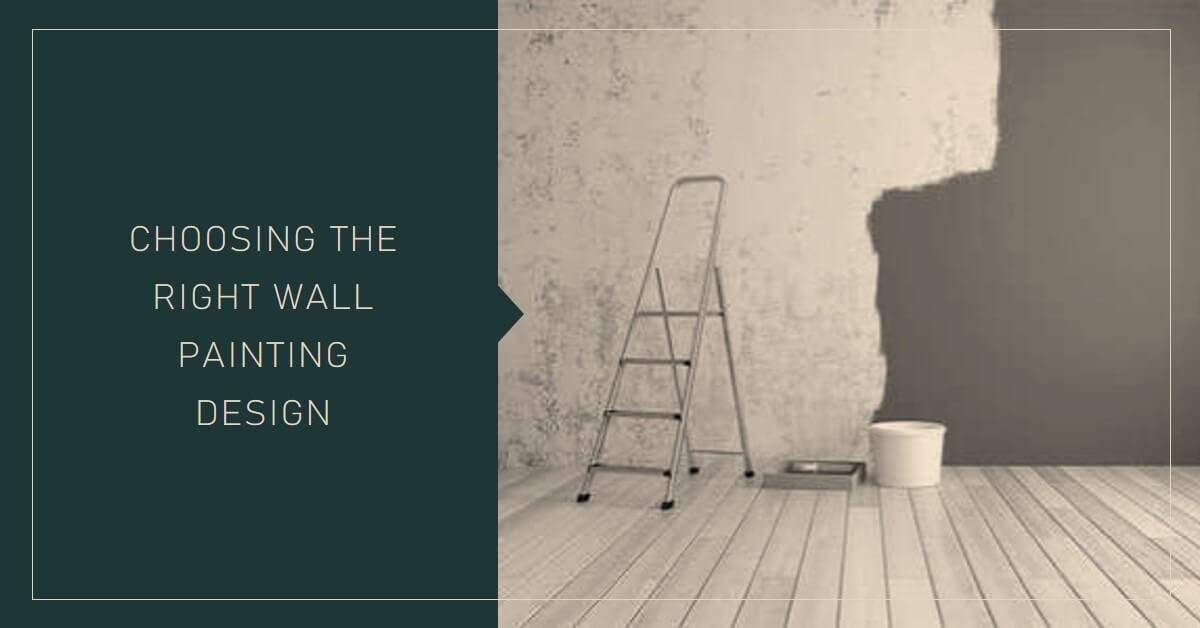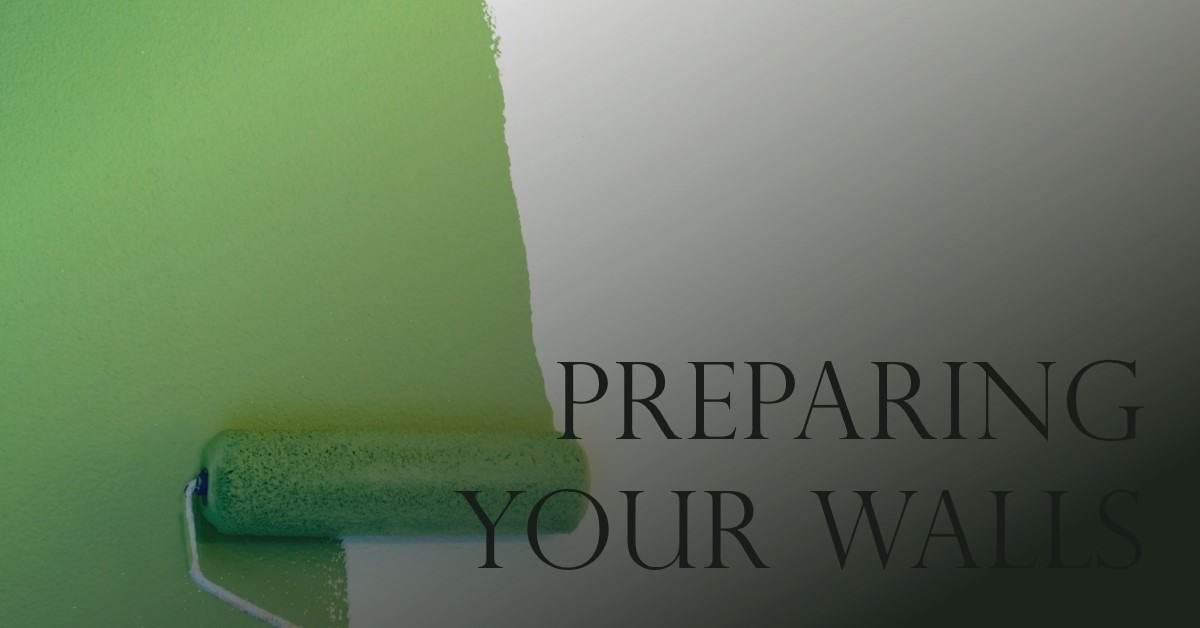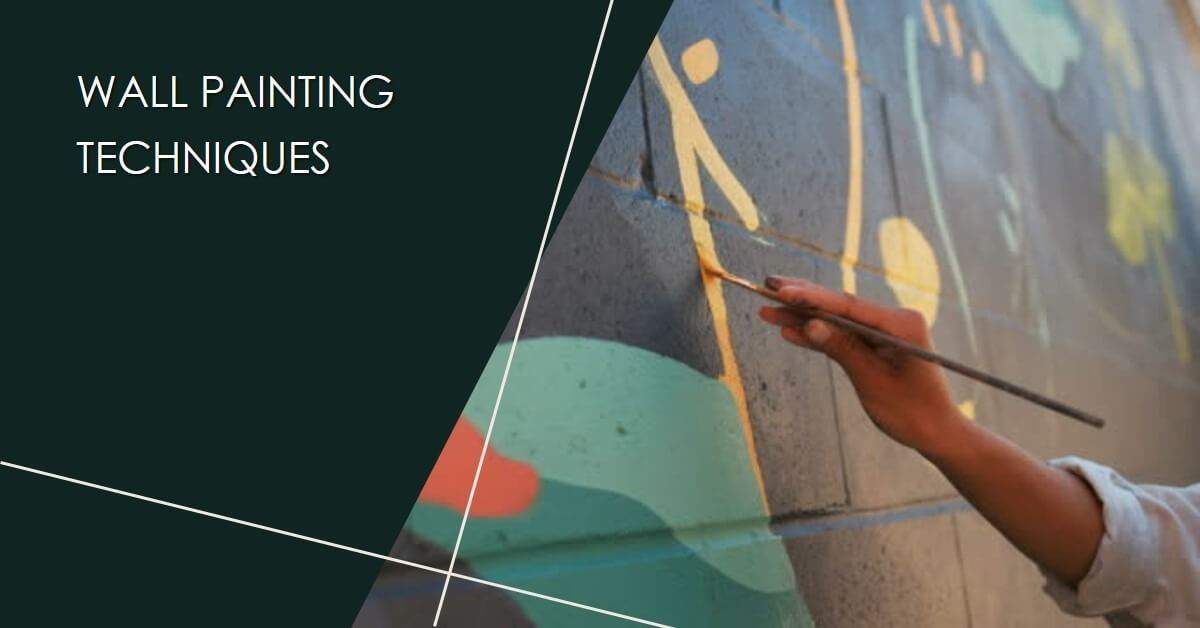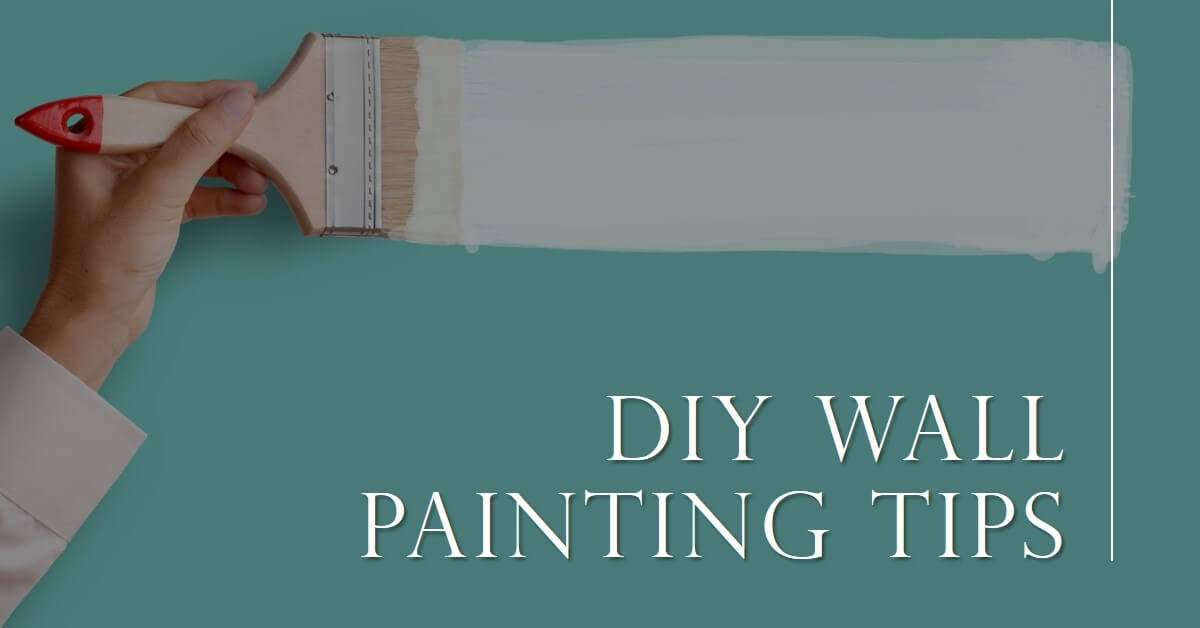Do you want to add a personal touch to your living space without breaking the bank? Look no further than the walls of your home.
Wall painting is an excellent way to bring life and character to any room.
Whether you’re a seasoned artist or a complete beginner, this article will provide you with 25 inspiring DIY wall painting design ideas, along with tips and tricks to help you achieve stunning results.
From simple wall painting techniques to creative design ideas, we’ve got you covered. So, grab your brushes, and let’s dive into the world of DIY wall painting!
1. Choosing the Right Wall Painting Design

Understanding Your Space
Before diving into the world of wall painting, it’s important to understand your space. Consider the room’s purpose, natural lighting, and existing decor.
Are you looking to create a cozy atmosphere in the living room or a vibrant environment in the playroom?
By assessing these factors, you can narrow down your choices and select a design that harmonizes with the overall aesthetics.
Gathering Inspiration
Inspiration can be found in various places, from interior design magazines to online platforms like Pinterest and Instagram.
Collect images that catch your eye and resonate with your personal style. Pay attention to color schemes, patterns, and techniques used in these designs. This visual inspiration will serve as a guide during the creation process.
Considering the Mood
Colors have the power to evoke emotions and set the mood in a room. Warm tones like red and orange create a cozy and energetic ambiance, while cool tones like blue and green promote relaxation.
Consider the desired mood you want to achieve in each space and select colors accordingly. Remember, it’s your personal touch that will transform your space into something truly unique.
2. Essential Tools and Materials

To embark on your DIY wall painting project, you’ll need a few essential tools and materials. Here’s a quick rundown:
Brushes and Rollers
Invest in high-quality brushes and rollers to ensure smooth and even application of paint. Different brushes serve different purposes, such as cutting the edges or applying broad strokes.
Choose brushes that suit the size and intricacy of your design.
Read Also:
Painting Decorating Tips and Tricks That Really Help
Paints and Primers
Selecting the right paint and primer is crucial for achieving long-lasting results. Choose paints that are specifically formulated for interior walls and consider factors like finish (matte, eggshell, satin) and durability.
Primer helps create a smooth surface and enhances the adhesion of the paint.
Masking Tape and Drop Cloths
Protecting the surrounding areas is essential to avoid accidental paint splatters. Use masking tape to create clean lines and define your design. Lay down drop cloths or plastic sheets to cover the floor and furniture.
3. Preparation: Preparing Your Walls

To ensure a flawless finish, proper preparation of your walls is necessary. Follow these steps:
Cleaning and Repairing
Clean the walls thoroughly to remove any dust, dirt, or grease. Use a mild detergent and warm water solution. Inspect for any cracks, holes, or imperfections and repair them using spackle or putty. Sand the patched areas until smooth.
Priming the Surface
Applying primer is especially important if you’re painting over a darker color or have patched areas. Primer creates a uniform base and enhances the color vibrancy. Use a roller or brush to apply the primer evenly, following the manufacturer’s instructions.
4. Simple Wall Painting Techniques

If you’re new to wall painting, starting with simple techniques can help build your confidence. Here are some popular options:
Color Blocking
Color blocking involves dividing the wall into geometric shapes and filling them with contrasting colors. It’s a modern and visually striking technique that adds depth to a space.
Ombre Effect
Create a beautiful gradient effect by blending two or more colors seamlessly. Ombre painting adds a touch of elegance and can be achieved by gradually mixing shades from light to dark or vice versa.
Stenciling
Stenciling allows you to create intricate patterns and designs without the need for freehand painting. Choose pre-cut stencils or create your own. Secure the stencil on the wall and use a brush or sponge to apply paint within the cutout areas.
Geometric Patterns
Geometric patterns are versatile and can be as simple or complex as you desire. Use masking tape to create straight lines and shapes, allowing you to experiment with different angles and combinations.
Read Also:
Textured Finishes
Textured finishes add depth and dimension to your walls. Techniques like sponge painting, ragging, or stippling create interesting textures that bring visual interest to any space.
Read Also:
Wall Designs With Textured Paint Colors
5. Creative Wall Painting Design Ideas

Now that you’ve mastered the basics, let’s explore some creative design ideas to take your wall painting skills to the next level:
Nature-Inspired Murals
Bring the beauty of nature indoors by painting murals of landscapes, trees, or floral motifs. A nature-inspired mural can transform a room into a serene sanctuary.
Abstract Art
Unleash your creativity and express yourself through abstract art. Abstract paintings can be bold and vibrant or subtle and minimalist, depending on your personal style.
Read Also:
Trompe-l’oeil Illusions
Trompe-l’oeil, meaning “fool the eye” in French, involves creating realistic illusions on walls. From faux windows to 3D effects, this technique adds an element of surprise and intrigue to any space.
Typography and Quotes
Add a touch of inspiration or personalize your space with typography and quotes. Choose meaningful words or phrases and paint them in stylish fonts, creating a focal point in the room.
Whimsical Patterns
Let your imagination run wild with whimsical patterns. From polka dots to chevron stripes, these playful designs bring a sense of fun and lightheartedness to children’s rooms or eclectic spaces.
6. Tips for a Successful DIY Wall Painting Project

To ensure your DIY wall painting project goes smoothly, keep these tips in mind:
Planning and Sketching
Before diving into painting, plan your design and create a sketch or mock-up. This helps visualize the final result and allows you to make adjustments if needed.
Testing Colors and Techniques
Before committing to a design, test the colors and techniques on a small section of the wall or a sample board. This ensures you’re happy with the combination and helps avoid any surprises.
Working in Layers
For complex designs or multiple colors, work in layers. Start with the base color, let it dry, and then add additional layers or details. This approach ensures crisp lines and prevents colors from bleeding into each other.
Embracing Imperfections
Remember that DIY projects are about creativity and self-expression. Embrace any imperfections or minor mistakes as they add character and charm to your finished artwork.
Proper Cleanup and Storage
After completing your project, clean your brushes and rollers thoroughly. Properly store any leftover paints and materials for future touch-ups or new projects.
Can I paint over wallpaper?
Yes, you can paint over wallpaper, but proper preparation is crucial. Ensure the wallpaper is in good condition, clean it thoroughly, and apply a primer before painting.
How do I fix uneven paint coverage?
Uneven paint coverage can be fixed by applying an additional coat of paint. Ensure the first coat is completely dry before adding more layers.
What type of paint is best for textured walls?
For textured walls, it’s recommended to use thick and durable paint, such as an eggshell or satin finish. These finishes help mask imperfections and provide better coverage.
How long does it take for the paint to dry?
The drying time of paint varies depending on factors like humidity, temperature, and the type of paint used. Generally, it takes about 1 to 2 hours for the paint to dry to the touch and 24 hours for it to cure completely.
Can I paint over a dark-colored wall with a lighter color?
Yes, you can paint over a dark-colored wall with a lighter color. However, it’s recommended to use a primer or a base coat to ensure proper coverage and color accuracy.
Conclusion
DIY wall painting is an excellent way to add personality and style to your living space. With these 25 wall painting design ideas and helpful tips, you can transform any room into a work of art.
Remember to choose a design that suits your space, gather inspiration, and consider the mood you want to create.
With proper preparation, essential tools, and a touch of creativity, you’ll be amazed at the stunning results you can achieve. So, unleash your inner artist and embark on your DIY wall painting adventure today!









